Few musical heavyweights are capable of keeping the creative flame burning beyond the age of 75. Van Morrison belongs to that elite handful of unmitigated geniuses who have proven that they are ready and willing to go out with their boots on at this stage of the game in the 21st century. His songs are his oxygen and he is willing to pay whatever it takes for their freedom (both of expression and intellect), during a time when cultural mediocracy and a so-called “herd mentality” run so rampant.
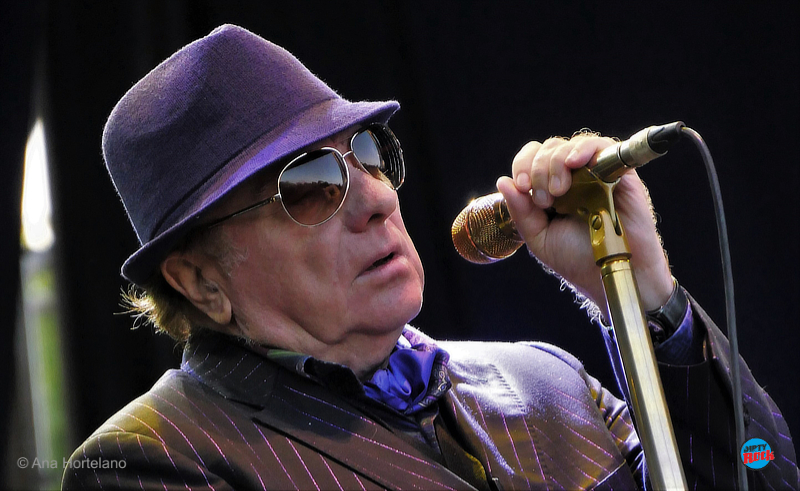
Van Morrison strapped down 28 cuts to forge Latest Record Project, Volume I, his 42nd studio album that was released this past May under a deluge of widespread media contempt (Rolling Stone magazine gave it two stars out of five and Variety spit it out with furor). The Irishman’s occupational therapy tactic for the pandemic had been revealed: a relentless outpouring of songwriting and recording; the recipe for resilience for a man who can’t help but envision an identity-shaping harmony with every beat of his heart.
Spanish writer Luis Lapuente illustrates the recent years of our so-called ‘Grumpy’ to the letter, when he reviewed Morrison’s previous release, Three Chords and the Truth (a phrase Harlan Howard coined in the 1950s to describe country music). Lapuente’s alter ego, ‘Doctor Soul’, wrote: [Van Morrison is] “an author who refuses to retire or simply fade away; an extraordinary craftsman who churns out album after album (six in three years); an artist from whom it makes no sense – damn it! – to continue to expect masterpieces from each one of his albums, especially since all (or almost all) of them are already close to perfection.” Van’s newest release stands somewhere between outstanding and perfect.
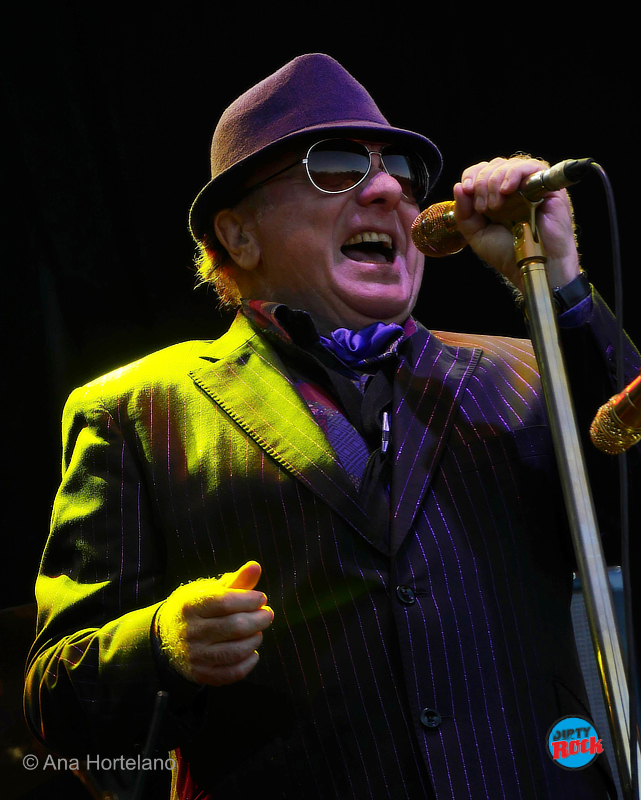
For the first time in a very long time, the cover art paints a very clear picture as to the content of the double album. The record jackets of his albums have become the butt of many jokes among so-called ‘vanatics’, with such notoriously awful examples such as the cover of The Prophet Speaks (2018), just one example of the many albums that the Irishman has put out in recent years. The design on his brand new album’s cover includes three sets of text (‘Van Morrison’; ‘Latest Record Project’, and ‘Volume 1’, a warning that could be just as misleading as that of last century’s Philosopher’s Stone), along with an image on a red background made up of almost a hundred little circles, lined up to look like a forward-pointing arrow. And, while at times the devil is in the details, at others, it is God who dwells therein. In this case, one small square is squeezed in among that mass of round shapes. That tiny, little square surrounded by all those circles is Van Morrison. That rebellious, feisty, unorthodox figure who marches to his own tune is the Belfast Lion during the lockdown, proving to the world that his musical freedom gives meaning to his life. In other words, Van is a man of courage who will not sit back in silence when it comes to defending his brothers and sisters in music from the blows that the authorities have flagrantly inflicted upon them, especially when compared to the treatment received by other businesses part of the “system”.
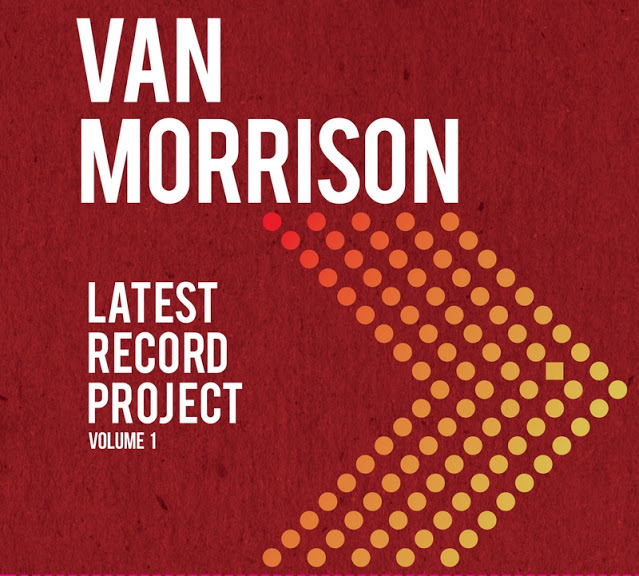
Our first peek into this project came from an album of the same name that he announced a few months ago on his website: Latest Record Project. Some might see it as a sort of tongue-in-cheek experiment, due to its basically ‘promotional’ character. The first words you hear are: “Have you got my latest record project? Not something I used to do…” Perhaps in order to highlight the commercial purpose of the teaser, some choruses from the old days are heard, including the classic “Sha la la la” that shot “Brown Eyed Girl” to such great heights. In fact, the three backup singers (Dana Masters, Crawford Bell and Kelly Smiley) make up one of the centerpieces of the double album, surfacing from time to time in another dozen and a half pieces, sometimes with the help of Teena Lyle and sometimes with a recurrent vibraphone. Another staple on the album is a delightful Hammond organ, thanks to Richard Dunn, as he sets out the lay of the land in 27 of the 28 tracks.
In spite of all this, just as in “The Last Waltz”, Van Morrison is the one who really steals the show. There’s something extremely awe-inspiring in the power, expressive capacity and desire of this man; a man who has passed the half-point mark between his seventh and eighth decade, but yet continues to produce like crazy into his golden years; years as golden as the days of autumn, the season that he has dedicated song after song to.
A cascade of pieces spans the two records, while he cryptically sets straight the press, the powers that be, social media and even those who go by the book – all he deems to be wrong with the world (which is to say, basically everything). Here’s an extract of his lyrics: “They tell us that ignorance is bliss. I guess by those that control the media, it is. They own the media, they control the stories we are told. If you ever try to go against them, you’ll be ignored. They control the narrative, they perpetuate the myth. Keep on telling you lies. Tell you ignorance is bliss. Believe it all and you’ll never get the truth. Never get wise to the truth.”
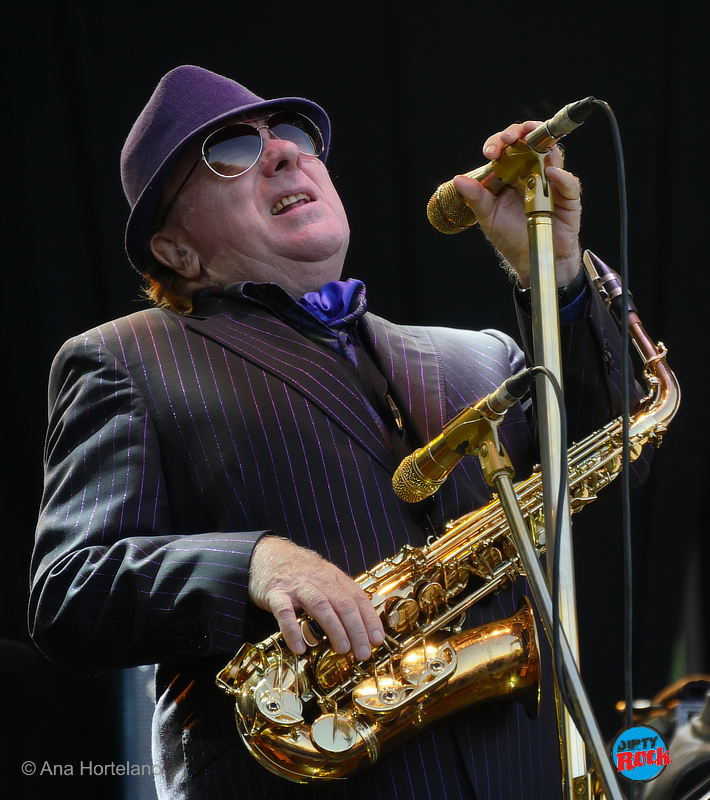
This lexical whirlwind targets the media industry and oozes with unrepentant, indomitable rebellion; a spurting essay, riddled with the evils of modern life. Ironically, we grasp an even greater understanding of his work when he leaves the words behind, annihilating them, or even moreso when silence draws near, thus revealing the mystical meanings they glorify. Van Morrison’s singing style is, was and will always be more relevant than the words themselves, often taking on the form of a simple foothold or a mere springboard for much higher purposes.
The second step on the double album staircase is called “Where Have All The Rebels Gone?” and paves the way for the rough, uncomfortable and ominous lyrics in a long list of ensuing tracks: “Psychoanalysts’ Ball”, “No Good Deed Goes Unpunished”, “Tried to Do The Right Thing”, “The Long Con”, “Thank God for the Blues”, “Big Lie”, “A Few Bars Early”, “It Hurts Me Too”, “Only A Song” (the second teaser released in March 2021), “Diabolic Pressure”, “Deadbeat Saturday Night” and “Blue Funk”.
After all, it’s what we asked for, right? Well, that’s exactly what we got: the second part of the album is full of many more tracks, including “Double Agent”, “Double Blind”, “Love Should Come With A Warning”, “Breaking The Spell”, “Up County Down”, “Duper’s Delight”, “My Time After a While”, “He’s Not the Kingpin”, “Mistaken Identity”, “Stop Bitching”, “Do Something”, “Western Man”, “The Own the Media”, “Why Are You on Facebook?” and “Jealousy”.
Although the album seems a bit longer than it could be (something more common than not these days), four tracks stand out among the rest in this musical downpour: “Up County Down” (one of the best tracks – even better during the live stream back at the beginning of May – that conjures up The Doors with its exquisite banjo and mandolin lines); “Duper’s Delight” (about the kick some people get out of pushing others around – a terribly human perversion that the powerful inexplicably delight in); “Tried to do the Right Thing” (with its deep, intense soulful hues and Jim Mullen on guitar); “Where Have All the Rebels Gone?” (whereas Pete Seeger asked about the similar fate of ‘flowers’ in the mid-fifties when a witch hunt made his life miserable, Van now delves into the whereabouts of the ‘rebels’, after realizing that he’s a last man standing of sorts in his protests), and finally, “Blue Funk” (a harsh tongue-lashing that rebukes ‘junk TV’ – if you’ll forgive the redundancy).
Before the record had even been pressed, the media was ready with their daggers drawn. Upon its release, criticism poured down on the lyrics. However, and perhaps as a sign of certain journalistic decline, it was welcomed with wide public acclaim (89% of the comments on Google are positive), and soared to number five on the list of top-selling albums in England.
‘Van the Man’ has taken credit for nearly 400 songs so far, but they more likely exceed half a thousand. This means he has composed an average of one song every day for a year and a half of his time on this planet. Additionally, he has performed in over 3,700 concerts (ten years on stage!) and has a back catalogue that includes a whopping 900 songs. These numbers pertain to more of an otherworldly phenomenon (a topic he is well-read on), rather than that of a common earthling.
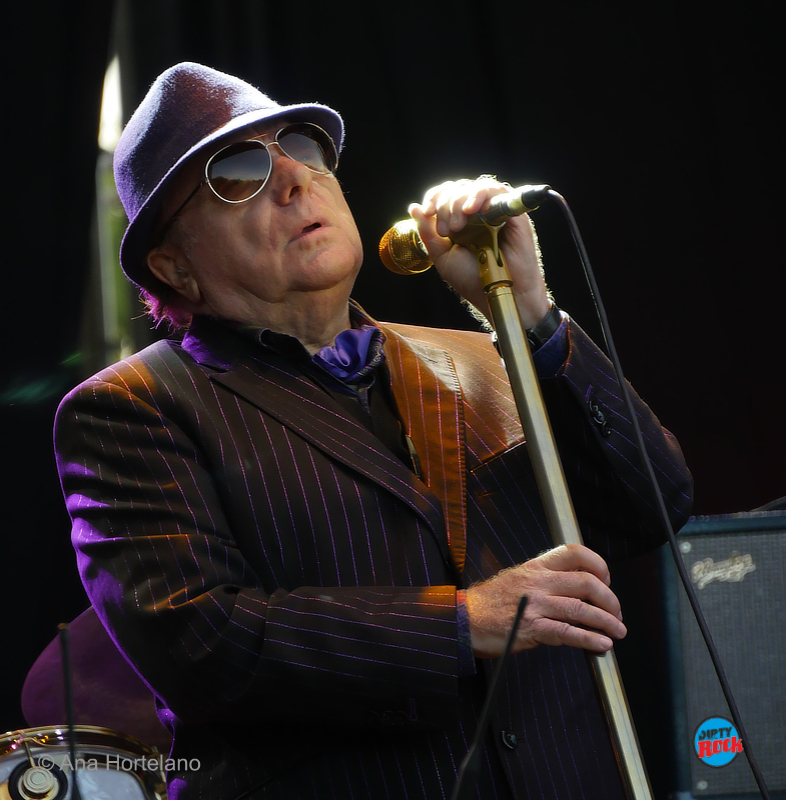
The living legend is ever more reminiscent of Superman, the character from another planet from whom we can draw striking parallels. The comic book hero, conceived during the Great Depression, fought for his idea of social justice and against everything and everyone: politicians, plutocrats, crooks, foes of democracy and of the human race in general… Thwarted only by kryptonite, ‘superVan’ has won this battle once again. Just listen to the album to see for yourself.

